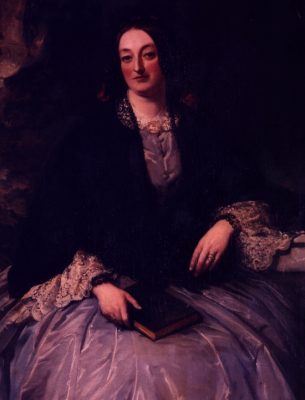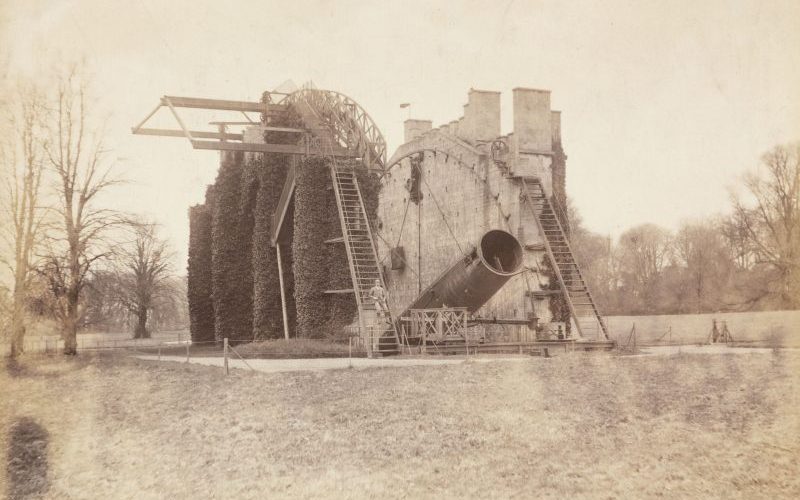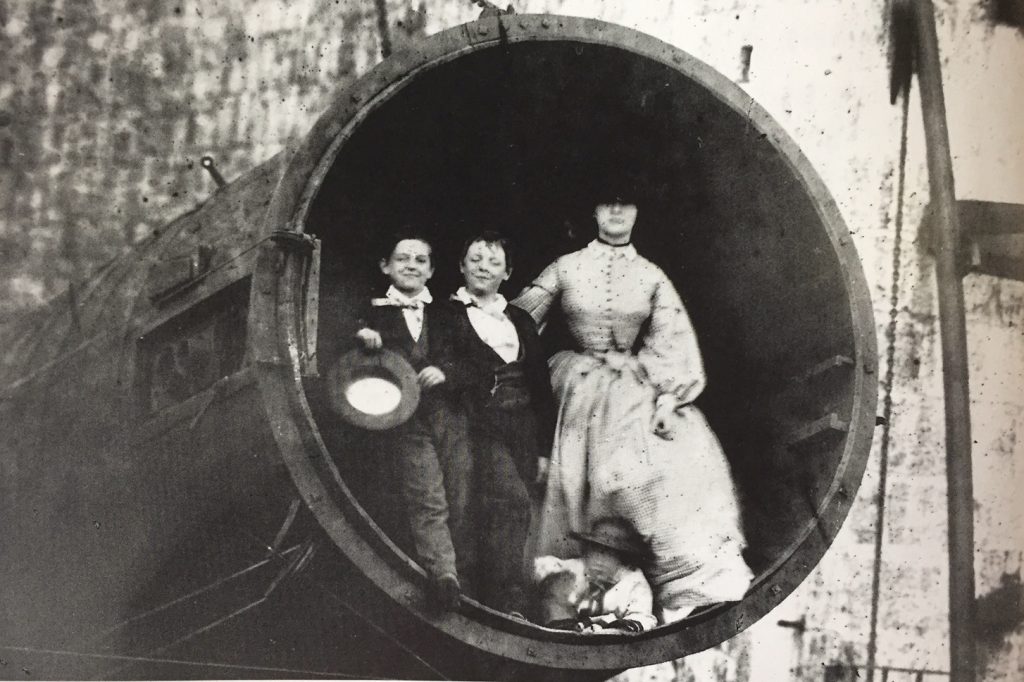Following the closure of Cosmos and Culture in January to make way for our new Medicine galleries some of the objects are being re-homed in different parts of the museum. Next month the giant (four-tonne) mirror from the Rosse telescope will be taking up residence in Making of the Modern World. Ahead of the move, and in honour of Women’s History Month, Assistant Curator Rupert Cole has been looking into the remarkable life of one of its previous owners, Mary Rosse.

Mary Rosse had unconventional hobbies for a nineteenth-century Irish countess. Her activities spanned architecture, astronomy, engineering and photography. She was also one of the most well-connected women in scientific circles of her day.
Born in 1813 in Bradford to a considerably-wealthy Yorkshire family, Mary (née Field) had a lively and privileged upbringing, from dancing lessons in Bath to extensive mathematical studies, the latter filling several volumes of notebooks.
In 1836 Mary married William Parsons, a serious man, 13 years her senior. He was said to be good-looking, though his plump figure inspired from one cousin the rather unkind nickname, ‘the fat Lord’. Nevertheless, they were well matched, sharing scientific interests.
The 1840s was an eventful decade for the Parsons. They became Lord and Lady Rosse in 1841, taking charge of the ancestral home, Birr Castle, in the Irish midlands. Mary embarked upon a series of architectural projects at the castle, from the construction of a star-shaped moat to a new tower. Many of her design models still survive.
At this time, her husband undertook an extremely-ambitious and expensive project, made possible by Mary’s vast inheritance, to build a giant 6-foot telescope. Completed in 1845, the so-called ‘Leviathan of Parsontown’ remained the world’s largest telescope for over 70 years and even got a mention in Jules Verne’s science fiction classic, From the Earth to the Moon (1865):
‘We know that the instrument mounted by Lord Rosse at Parsonstown, which magnifies 6,500 times, brings the moon to within an apparent distance of sixteen leagues.’

Shortly after, Mary began an engineering venture of her own. She designed, creating a model from wax, a new iron keep gate, complete with decorative flowers and Irish harps. It is believed she cast them herself in the same workshop as the telescope, using furnaces fuelled by peat from the local bog.
One biographer has claimed this is evidence that Mary was involved in the construction of the telescope as well. The silence over her contribution in Lord Rosse’s account, they speculated, was owing to Mary wishing for her husband to get full credit.
The Parsons did much to help their community during the Great Famine. Mary’s charitable work was acknowledged by the Illustrated London News, who reported ‘she has taken the most lively interest in the poor’. By 1846 the Rosse estate would provide employment for 130 men.
Another of Mary’s Birr projects was the creation of a massive dining room for the purpose of entertaining scientific guests, which increased when Lord Rosse became President of the Royal Society of London in 1848. Among the many famous men of science she became acquainted with was the famous mathematician William Hamilton, who gave her a sonnet about his experience of gazing through the Leviathan.
Mary is best known for her pioneering photography, which she began in late 1853, experimenting with different photographic processes. Her surviving darkroom at the castle is one of the oldest in Europe.
When Lord Rosse sent some of her early work to Henry Fox Talbot, one of the inventors of photography, he replied ‘pray give my thanks to Lady Rosse for her very interesting specimens of photography’ and asked to have them displayed at the first show of the (later Royal) Photographic Society in London.
Mary would become an acknowledged expert in waxed-paper photography, winning the inaugural silver medal of the Photographic Society of Ireland in 1859. Her subjects varied from family portraits and landscapes to beautiful images of the telescope, such as this one with Lord Rosse in top hat standing in its mouth, and the one below featuring her children.

See the giant mirror of the Great Rosse Telescope up close when it makes its move next month into Science Museum’s Making the Modern World gallery.